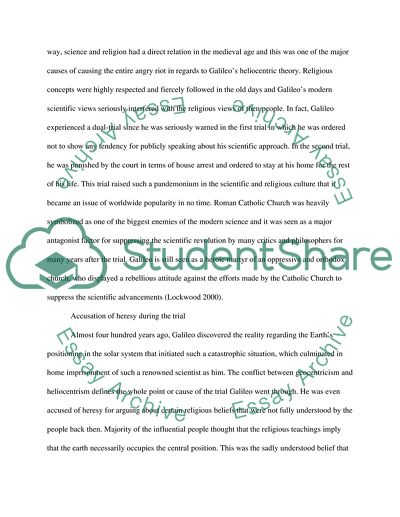Cite this document
(“Trial of Galileo Galilei Research Paper Example | Topics and Well Written Essays - 2500 words”, n.d.)
Trial of Galileo Galilei Research Paper Example | Topics and Well Written Essays - 2500 words. Retrieved from https://studentshare.org/miscellaneous/1574319-trial-of-galileo-galilei
Trial of Galileo Galilei Research Paper Example | Topics and Well Written Essays - 2500 words. Retrieved from https://studentshare.org/miscellaneous/1574319-trial-of-galileo-galilei
(Trial of Galileo Galilei Research Paper Example | Topics and Well Written Essays - 2500 Words)
Trial of Galileo Galilei Research Paper Example | Topics and Well Written Essays - 2500 Words. https://studentshare.org/miscellaneous/1574319-trial-of-galileo-galilei.
Trial of Galileo Galilei Research Paper Example | Topics and Well Written Essays - 2500 Words. https://studentshare.org/miscellaneous/1574319-trial-of-galileo-galilei.
“Trial of Galileo Galilei Research Paper Example | Topics and Well Written Essays - 2500 Words”, n.d. https://studentshare.org/miscellaneous/1574319-trial-of-galileo-galilei.


